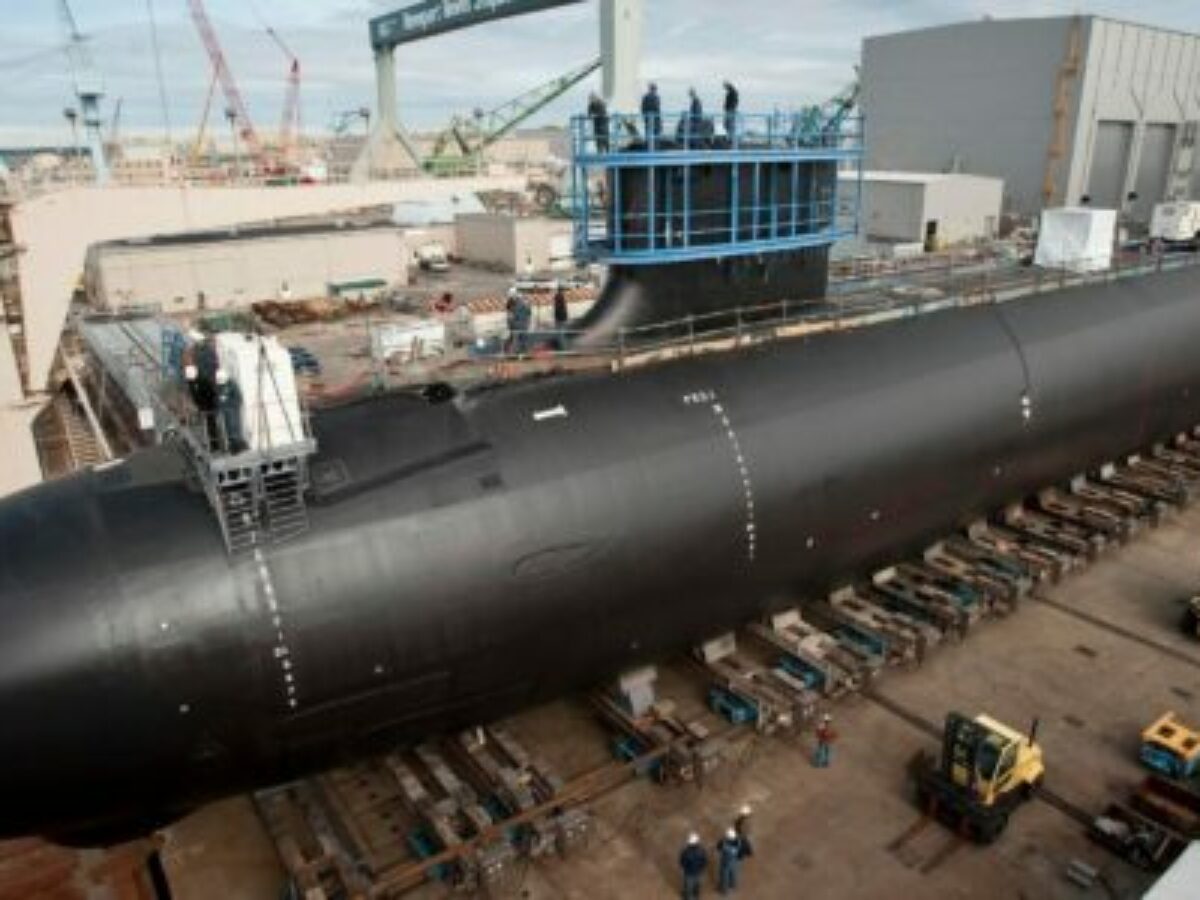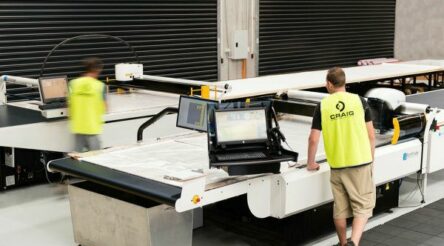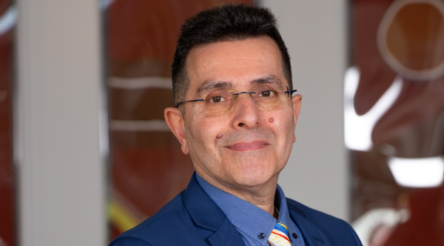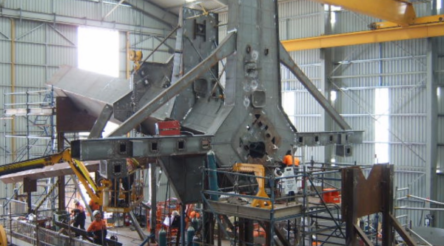UNSW nuclear engineering head: Training enough for AUKUS to be “incredibly difficult”

There are vast technical hurdles and skills availability issues to deliver the AUKUS submarine program, according to Dr Edward Obbard, the head of UNSW’s nuclear engineering program, based on an analysis of the those needed to build, operate and maintain the new fleet.
Prime minister Anthony Albanese recently announced a project worth up $368 billion, which includes Australia sourcing between three and five second-hand Virginia Class nuclear submarines from the US, to arrive in the early 2030s, followed by Australian-built SSN-AUKUS submarines – based on the UK’s next-generation SSN design – with planned delivery beginning in the early-2040s.
Prior to this, the US and UK will station one UK Astute class submarine and up to four Virginia submarines nuclear subs out of the Stirling base, near Perth, “as Australia builds the necessary operational capabilities and skills to steward and operate its own fleet of nuclear-powered submarines.”
Obbard said that it was only four years until 2027, and “right now there are insufficient numbers of trained experts to support a sovereign nuclear propulsion program”.
Addressing the shortage could be understood by grouping nuclear workers into three tiers: tier one (“at least 20 years’ experience in nuclear technology”), tier two (“senior professionals who have undertaken advanced training and have between seven and 10 years’ experience”, and tier three (“nuclear aware” workers, mainly covering “predominantly tradespeople and skilled professionals, such as fitters, machinists, and welders”)
Obbard estimated over 200 tier one workers would be needed, about 4,300 in tier two, and between 4,000 and 5,000 in tier three .
“I think this will be incredibly difficult and we are going to have to work amazingly hard to meet the schedules that have been announced,” said Obbard.
“It’s only four years until 2027 and that is when nuclear-powered submarines will be coming to Australia and we will have to have people trained up to work on them and help maintain them, while also getting experience of the nuclear systems involved.”
You can read Obbard’s analysis here.
Picture: A nuclear-powered Virginia Class submarine (credit US Naval Institute)
Further reading
UNSW SYDNEY GETS $1 M NUCLEAR ENGINEERING BOOST
BUILDING A SUBMARINE INDUSTRIAL BASE
BAE SYSTEMS COULD BE IN THE BOX SEAT TO BUILD AUSTRALIAN N-SUBS
Topics Defence Manufacturing News
@aumanufacturing Sections
Analysis and Commentary Awards Defence Manufacturing News Podcast Technology Videos










